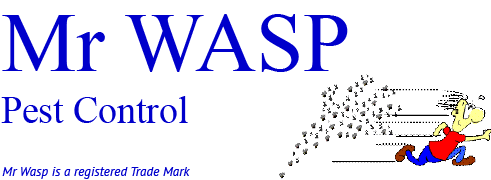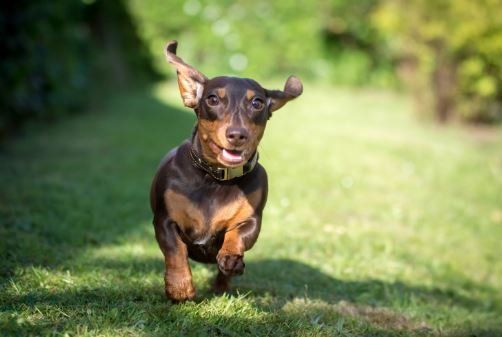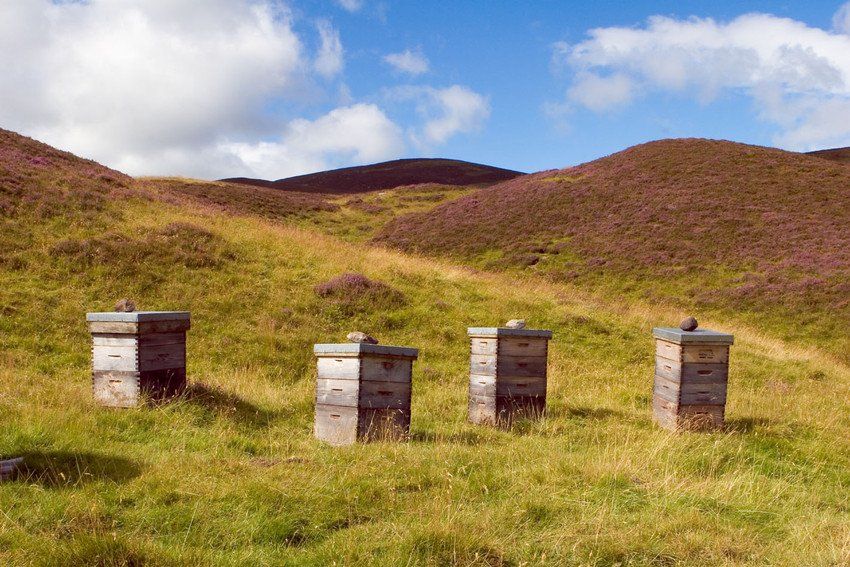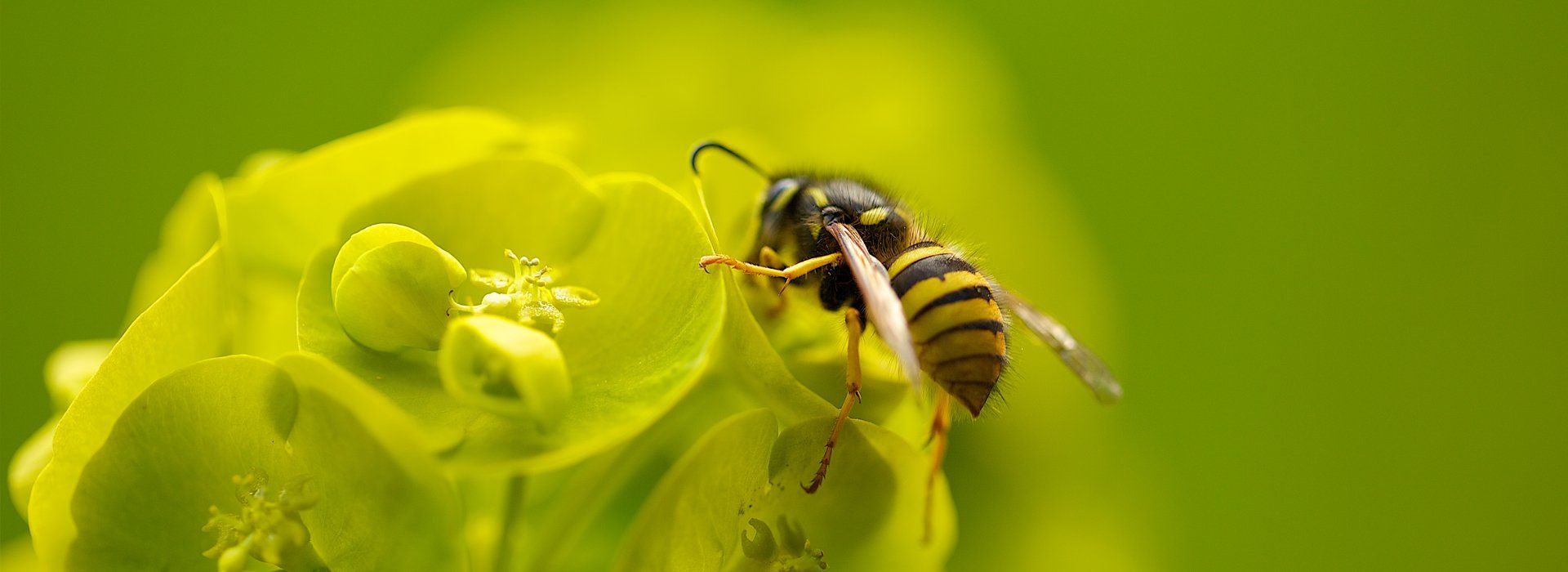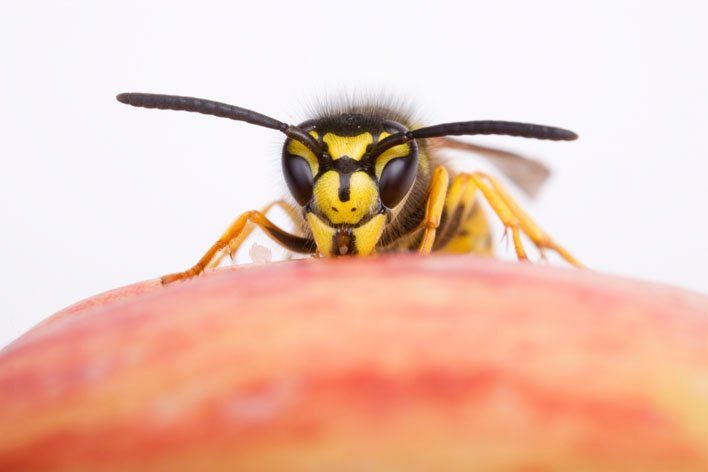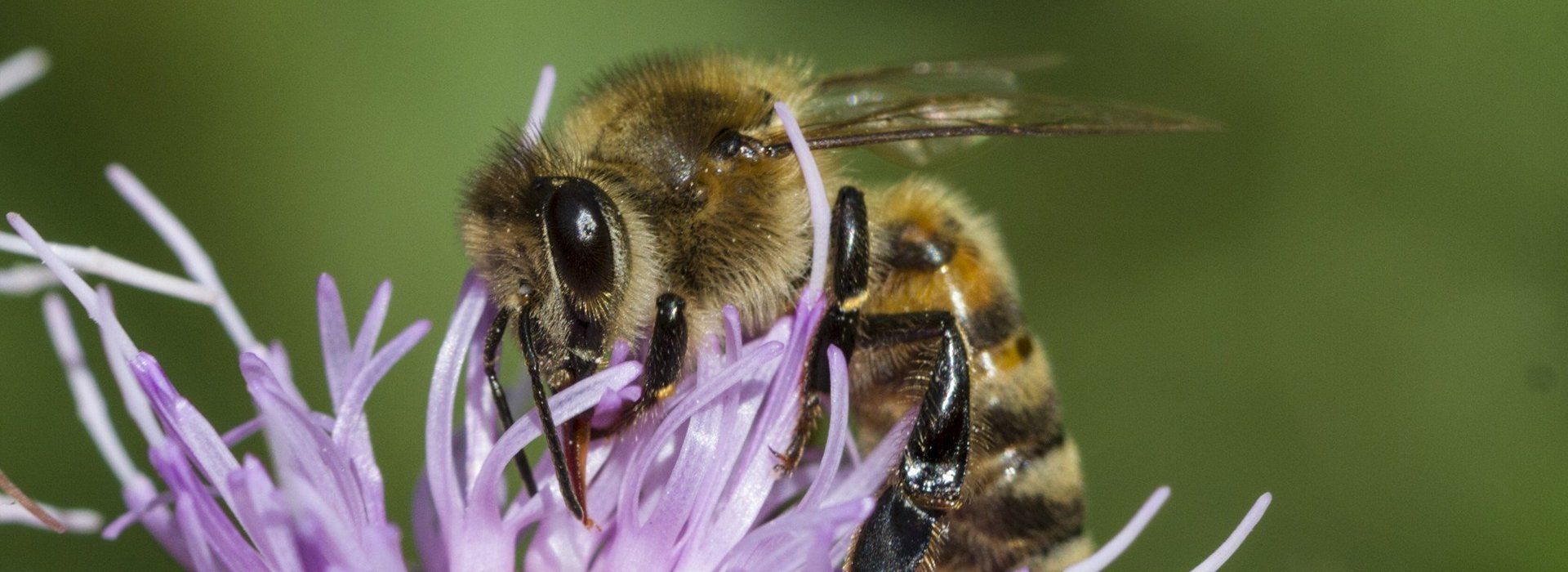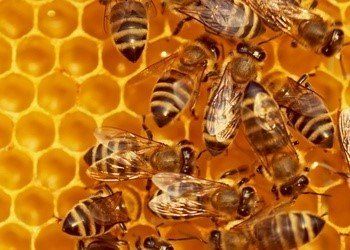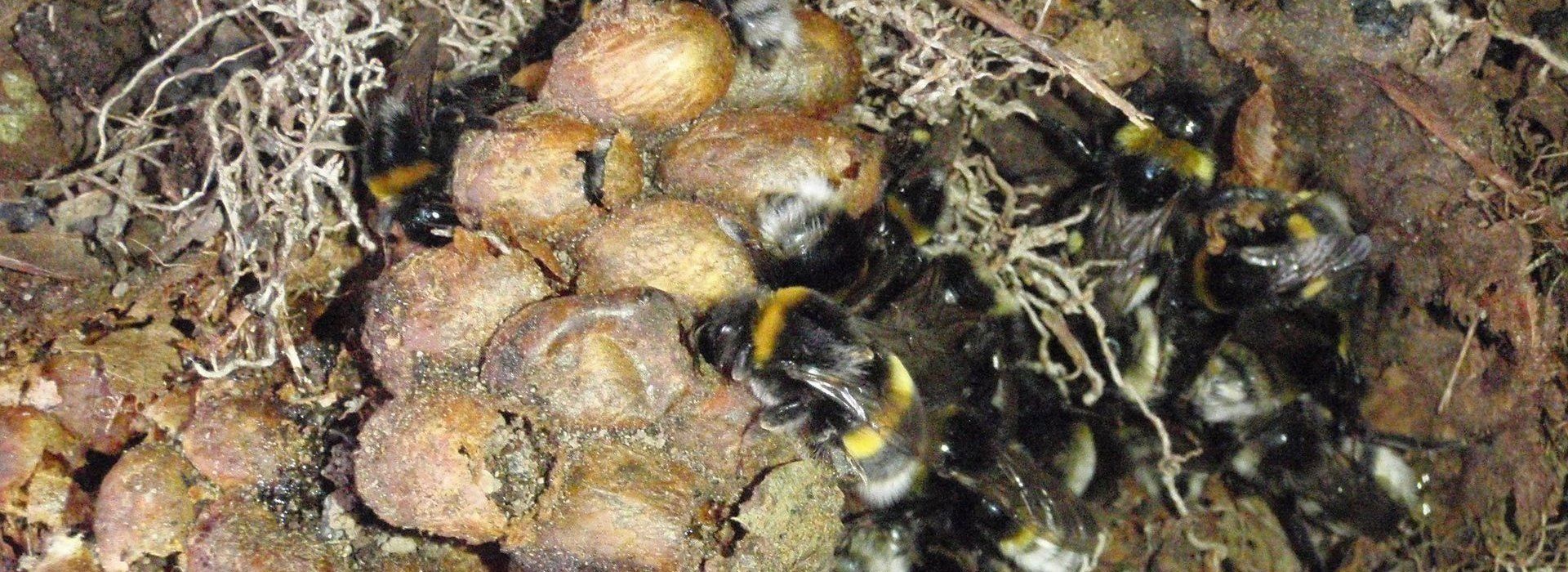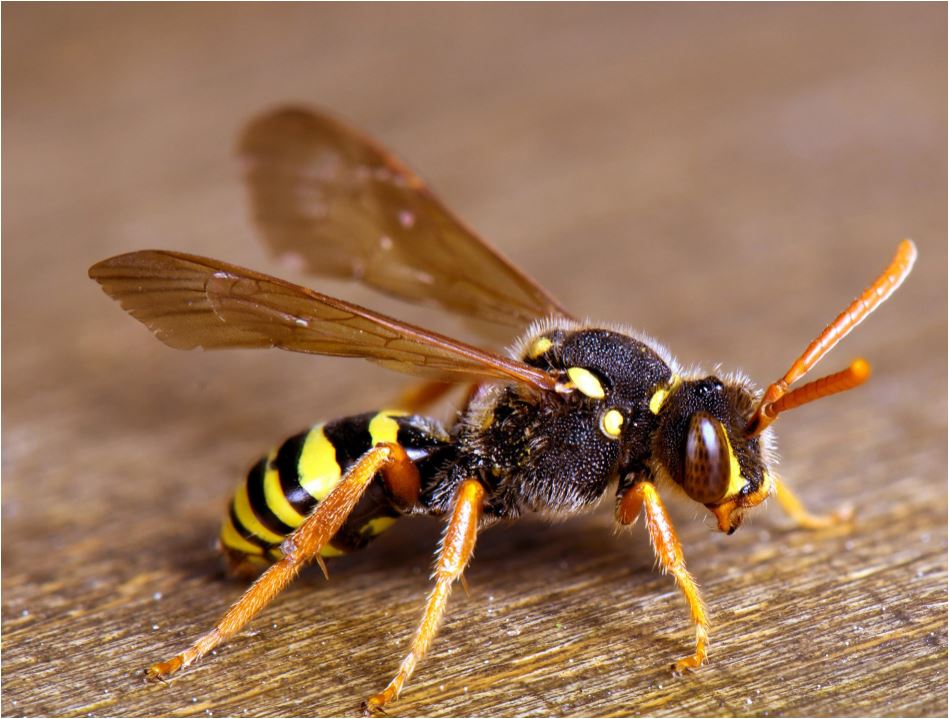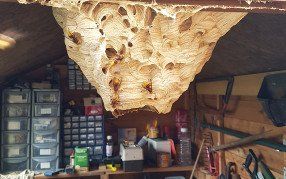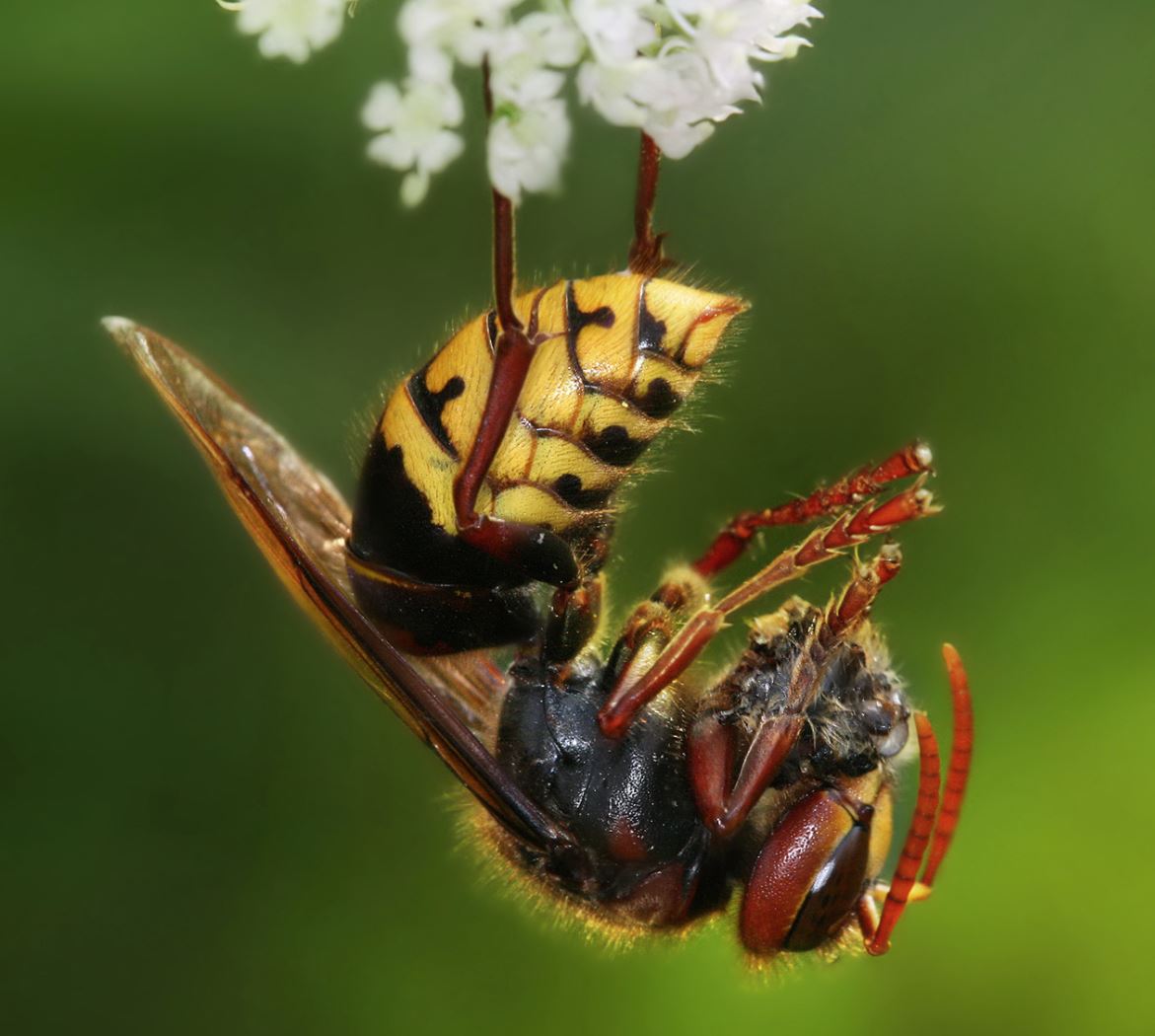Tips on Keeping Your Pets Safe From Bees, Wasps and Hornets
Pets are inquisitive, chasing insects, exploring new areas and going to places they shouldn’t be! But, we can’t keep an eye on our pets all of the time, and with all that running around, this can result in a bee, wasp or hornet sting, especially at peak times.
So what can you do if your pet gets stung and how can you keep them safe? Read on for our top tips.
In the summer especially, it may be a good idea to stay away from places where nests could be hiding. Forests, for example, could put your pup at risk of running into a nest or accidentally standing on one, as well as other unfamiliar areas. When at home, encourage your pet to lie down on a blanket when outside as this will reduce the risk of getting stung, and paw protectors will keep their paws from getting too hot and getting stung.
If your pet does get stung, they often get stung on their face - caused by sniffing flowers or trying to eat flying insects! In most cases, stings will just cause some discomfort and perhaps a little swelling which will go down after a few hours. However, stings in the throat can be very dangerous as they can results in difficulty breathing, or your pet may suffer from an allergic reaction. If you notice a decline in your pets behaviour or spot signs of a serious reaction, then always bring them to the vet as soon as you can.
Keeping your grass cut is one way of making your garden safer, as long grass makes it harder to see what’s around you, such as hiding insects. Tending to your garden will make it more enjoyable for you, and safer for your pets.
If you’ve spotted a bee, wasp or hornet nest in or around your property, you need a professional service who can deal with the problem. Here at Mr Wasp , our expert team are on hand to assess your situation and work accordingly to keep you safe. For more information contact us today.
